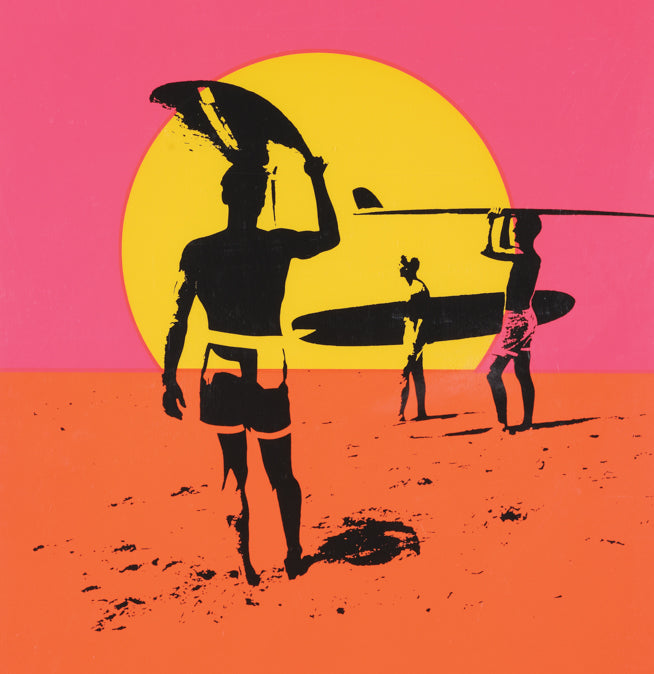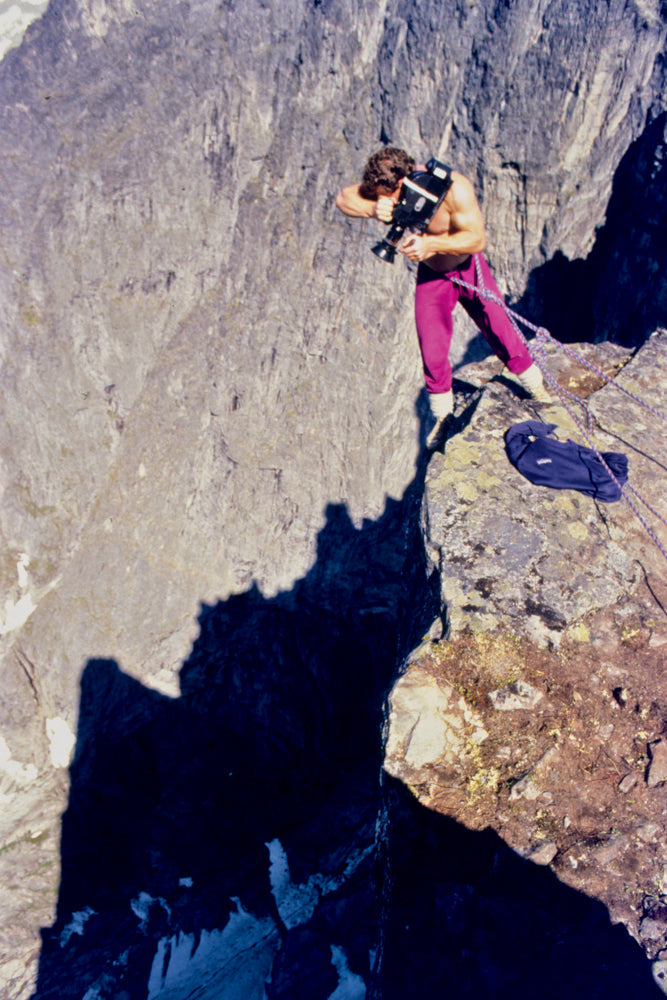
Swell Redux
SWELL REDUX

The idea behind SWELL-redux is to strip the flesh off surfing as an artistic inquiry and as a sport, revealing what lies beneath the surface. Surfing has managed to escape the rigorous media analysis that hot rod and motorcycle cultures have received. The art and fiction that has been inspired by surfing has garnered even less intelligent analysis.
In SWELL-redux we consider the disparate outside forces that have conspired to create the culture that creates the art. We get down to the surf and the magnetic forces that shape the myth, a myth that includes art, community, joy, sensuality, and the pure awe of the ocean. SWELL-redux reminds us that as a society we are affected by the absence of idols, and how in surfing we create our own myths. These myths then become stories, painted and written. Stories about ambivalence, dread, fear and thrill.




Until now, no one has written about the eroticism of surfing with any depth. In order to understand it, one needs to grasp the cultural ground zero, the source of the surf culture explosion. Southern California, at the time, was dominated by the aerospace industry, which created weapons and missiles as well as the glass and foam for the fantastic plastic fetish objects called surfboards. These surfboards provided the ride for the erotic wet dreams of a global youth culture frantically trying to free itself from the emotionally dead cold war of the 50’s.
An early reading of surf culture is Tom Wolfe’s “The Pump House Gang.” It is, of course, all about teenage angst, misfits and sexuality, but the undercurrent of violence is a central theme. SWELL-redux makes it clear that three wars and the Watts Riots touched everyone that was part of the formative generation of surfing in Southern California. The epicenter of surfing grew out of a military culture and all those marines in the South Pacific brought it back with them, Americanizing what was a Polynesian / Hawaiian cultural practice.


In recognizing that surfing has been influenced by eastern thought and other philosophies, we can re-read a normally depressing philosopher like Kierkegaard. Simply put, Kierkegaard could have been a philosopher surfer. His thoughts about individuality, alienation, and anxiety all lend themselves to the philosophy of surfing. He also wrote of dread and fear, essential emotions in dealing with challenging conditions. It would be far too easy to build a surf culture paradigm around Kierkegaard’s aesthetic sphere of existence, but it would also be too intellectual. SWELL-redux prefers to stick to a simpler aesthetic, like “Zen And The Art Of Ding Repair.”
Indeed, by combining the thinking of Timothy Leary, Albert Einstein and Taoist poetry with a nod to deconstructionist extraordinaire Jacques Derrida, it is clear that the surfer is groppling with the most basic elements of all. Surfing is the individual dealing with the power of the ocean, lunar pulls, tidal ebbs and flows; surfers are mystics, inward looking, and engaged in a neurological excursion into bliss, sliding over the water and leaving no trace of their presence. Timing, purity, and DNA are linked internally and externally in an evolutionary arc that builds a species whose goal is to be in the right place at the right time.


SWELL-redux by no means sees the media-centric surf culture as a semiotic black hole that swallows the individual. Surfing is still the surfer, the board and the waves. In its current form it is part of a technological culture, one that gives freedom to the individual. Symbolically, surfing is a transformation that redefines work and leisure; it has its own language, art, myths, films, and music – an aesthetic symbolic identity that finds the ocean a source of continual freedom – a Swell.





















